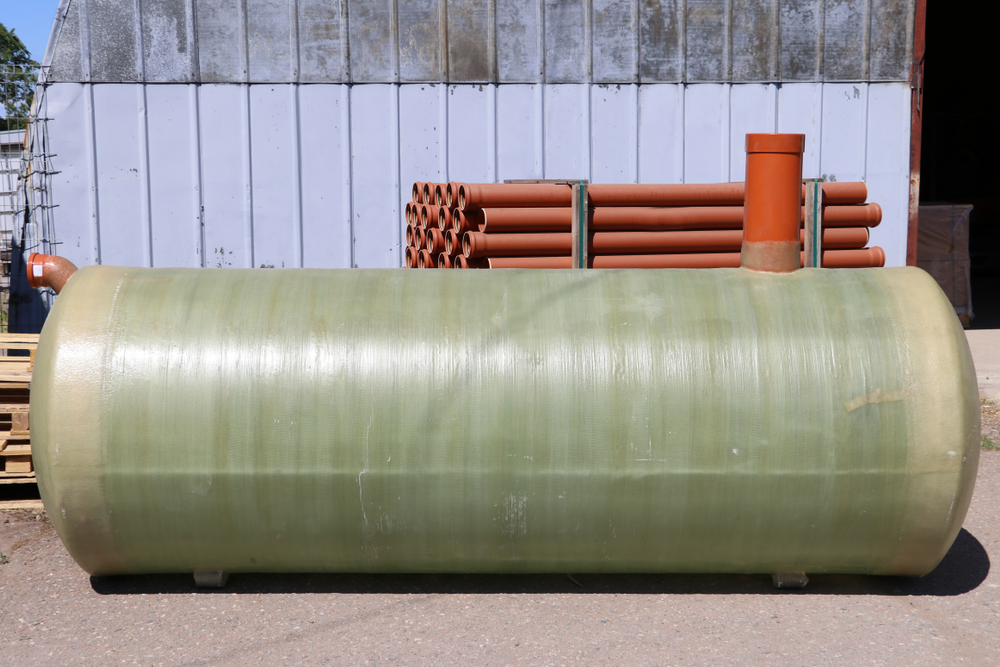Converting to Above-Ground Tanks: Benefits and Considerations for Homeowners
In recent years, more homeowners have been opting to switch from underground to above-ground tanks for various reasons. This shift comes with its own set of benefits and considerations that every homeowner should carefully weigh before making a decision. Whether you’re considering a new installation or replacing an existing tank, understanding the advantages and potential challenges of above-ground tanks is crucial.
Benefits of Switching to Above-Ground Tanks for Homeowners
1. Accessibility and Maintenance
Above-ground tanks are significantly easier to access for maintenance and refueling compared to their underground counterparts. This accessibility translates into lower maintenance costs and easier monitoring of fuel levels. Homeowners can visually inspect above-ground tanks regularly, ensuring early detection of any issues such as leaks or corrosion.
2. Cost-Effectiveness
Installation of above-ground tanks generally involves lower initial costs and fewer complications than underground tanks. The excavation and installation process for underground tanks can be more complex and costly due to factors such as soil conditions and environmental regulations. Additionally, above-ground tanks typically have a longer lifespan and are easier to repair, further contributing to cost-effectiveness over time.
3. Flexibility in Placement
Unlike underground tanks, which are restricted by factors like soil type and available space, above-ground tanks offer more flexibility in terms of placement. They can be installed in various locations around the property, provided there is adequate support and compliance with local regulations. This flexibility allows homeowners to choose the most convenient and practical location without significant excavation or landscaping changes.
4. Environmental Considerations
Above-ground tanks are considered more environmentally friendly in terms of potential contamination risks. Unlike underground tanks, which pose a higher risk of leaking and contaminating soil and groundwater, above-ground tanks offer easier leak detection and prevention measures. Modern above-ground tanks are designed with advanced safety features to minimize environmental impact and comply with regulatory standards.
5. Efficiency and Energy Conservation
Newer models of above-ground tanks are often equipped with advanced technology to improve fuel efficiency and reduce energy consumption. These features can lead to lower energy bills and reduced carbon footprint, making above-ground tanks a sustainable choice for environmentally conscious homeowners.
Considerations for Installing Above-Ground Tanks in Residential Settings
1. Aesthetics and Space
The visual impact of above-ground tanks on the property’s aesthetics is an important consideration for many homeowners. While above-ground tanks come in various sizes and designs, they may still be perceived as less visually appealing compared to underground options. Careful placement and landscaping can mitigate this concern, but it remains a consideration for those prioritizing curb appeal.
2. Regulatory Requirements
Before installing an above-ground tank, homeowners must familiarize themselves with local regulations and zoning ordinances. These regulations typically cover tank size limits, setback requirements, and safety standards. Adhering to these regulations ensures compliance and prevents potential legal issues or fines down the line.
3. Maintenance and Durability
While above-ground tanks generally require less maintenance than underground tanks, they are still susceptible to weather conditions and external damage. Regular inspections and maintenance are essential to prolonging the tank’s lifespan and ensuring optimal performance. Factors such as corrosion resistance and material durability should be considered when selecting a tank suitable for local climate conditions.
4. Security and Safety
Above-ground tanks are more visible and accessible, which can raise concerns about security and safety. Homeowners should take precautions such as installing secure fencing or barriers around the tank to prevent unauthorized access or tampering. Additionally, ensuring the tank is properly anchored and meets safety standards reduces the risk of accidents or spills.
5. Long-Term Cost Analysis
While above-ground tanks offer cost advantages in terms of installation and maintenance, homeowners should conduct a long-term cost analysis. Factors such as potential future repairs, fuel efficiency, and lifespan compared to underground alternatives should be considered to make an informed financial decision.
Conclusion
Converting to above-ground tanks presents homeowners with several compelling benefits, including accessibility, cost-effectiveness, and environmental considerations. However, it is crucial to carefully evaluate the specific considerations such as aesthetics, regulatory requirements, and long-term maintenance. By weighing these factors and consulting with professionals, homeowners can make an informed decision that best suits their needs and preferences.



